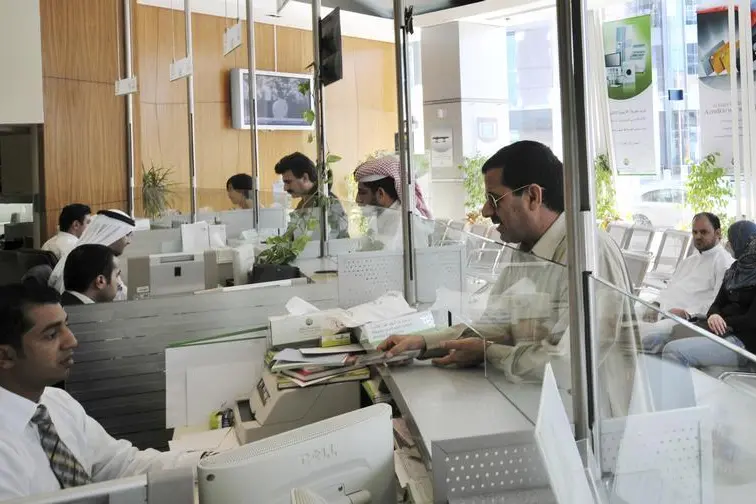PHOTO
By Shane McGinley
Predictability as a trait may be frowned upon, but in the business world it can be a vital asset. Imagine if you could predict how your customers will behave or how your employees will react in the future.
Companies gather huge amounts of data about customers as part of daily business operations. With a big enough pool of people and a long enough test period, scientists in the United Arab Emirates believe that you can harvest such data to come up with algorithms that can help predict customer behaviour and identify those which can generate the most profit.
Dr Jose Berenqueres, assistant professor at the IT College at the United Arab Emirates University (UAEU) in Abu Dhabi, has designed and patented a programme called ‘System for Forecasting Future Events’ which he believes can be adapted to be used across a range of business sectors.
The scientist first tested the algorithm with Abu Dhabi-based airline Etihad Airways in 2013 to analyse its customer database and highlight which customers who were part of its loyalty scheme were likely to rise from standard to silver and then gold level. The airline’s existing system was 50 percent accurate in its prediction, but Berenqueres wanted to improve on that.
“We developed a more complex model, we took all the data from the customer so you get a finger print of each customer and then class them into groups. The algorithm ranks customers by [their] probability to become a gold member,” he told Zawya in a phone interview earlier this month.
Airline loyalty
By looking at historical data of the type of customers who typically rise up to gold level, the system is able to highlight which new customers joining the scheme will prove to be most profitable, helping the marketing team to target their activities and achieve higher productivity.
“Now that collection of data from customers is economical and widespread, companies that keep doing nothing with that data will, basically, slowly die, because the companies that do something with it will be one percent or two percent more efficient,” Berenqueres said previously in a press statement.
“Amazon.com is a prime example, with its model predicting which customers will become ‘gold’ in a few months and which will not. With this information at hand, companies can better allocate their marketing resources and customer-relationship resources to the areas where they are more effective, and run on a lower budget while achieving the same results,” he added.
In the Etihad case, Berenqueres found that three months after they did the original test their predictions of which customers would rise to gold level proved to be almost 100 percent accurate. While Etihad did not adopt the system, a scientific paper he published about the experience has spiked interest in other operators.
The programme can also be adopted to other sectors, especially the financial service industry, and Berenqueres said one of his colleagues has been approached by a global credit card company to design a programme.
He is also looking at expanding the scope of the algorithm to be able to predict which employees are likely to quit their jobs, therefore making recruitment planning easier for human resource departments.
“We are now working with a company in Barcelona to predict employee turnover. Employees anonymously rate their happiness from one to four every day. Employees that don’t comment are more likely to quit. HR can plan ahead for three months and look at how many employees will quit… look how to get them to stay or look to replace them,” he said.
Banking on innovation
The programme can be expanded to a number of industries, but one area which could be useful is the banking sector. The lack of innovation in the financial sector was an issue highlighted by consultancy firm KPMG in its most recent banking overview.
“What innovation have you seen coming out of your bank or financial institution in the product and services they offer you? How has it evolved over the last 10 or 15 years ago? How many banks have research and development units?” Umair Hameed, a partner at KPMG, told reporters at a press event earlier this month.
With the vast amount of data a bank is able to compile about a person, especially if they are a long-term customer, Hameed believes it should be using this insight to target specific products to specific customers.
“Think about how much information your bank or financial institution know about you... They see your salary coming into your bank account and where you are spending your money. They can see that you are paying rent and maybe it is time to get a mortgage. Why is my bank not calling me up and saying to me, ‘given your profile you might be interested in a mortgage’. Banks aren’t doing that,” he said.
Berenqueres believes this is something which could be achieved if the algorithms his team developed were applied to the financial sector. “You can apply it to anything as long as you have enough data.”
“Since this project began, we have started helping other companies which have the same problem: a lot of data, but not the knowledge of how to analyze it. We have also published a paper in collaboration with Healint LLC in Singapore, the maker of a migraine-coping app called MigraineBuddy, and developed a model that predicts when someone will have their next migraine, exploring how environmental variables such as pollution affect migraine rates.”
The areas Berenqueres’ work can be adopted to are wide open… maybe the algorithm should try and predict which sectors will be the most useful?
© Zawya 2017












